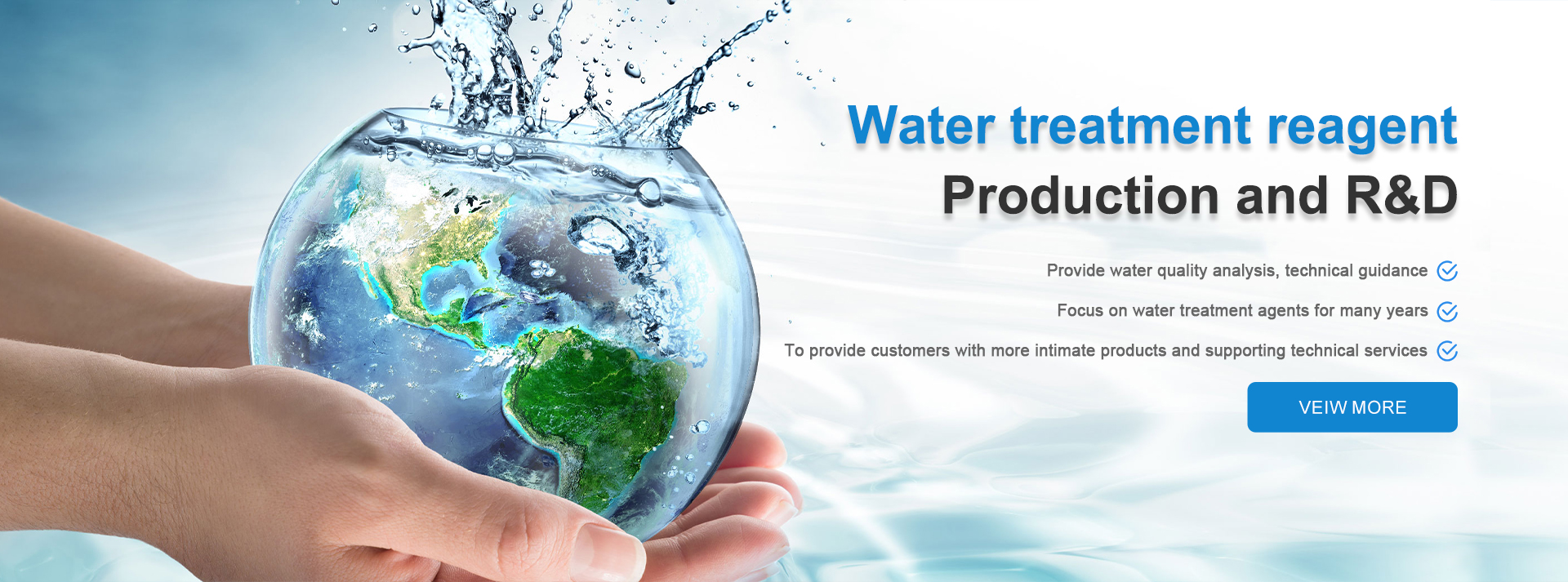poly aluminium chloride for drinking water
Poly Aluminium Chloride for Drinking Water A Comprehensive Overview
In recent years, the importance of clean drinking water has gained significant attention globally. With increasing urbanization and industrial activities, the need for effective water treatment processes has become more critical than ever. One such effective agent used in water treatment is Poly Aluminium Chloride (PAC). This article provides an overview of PAC, its properties, applications, and benefits in the drinking water purification process.
What is Poly Aluminium Chloride?
Poly Aluminium Chloride, commonly known as PAC, is a water-soluble, inorganic polymer. It is produced by the alkaline hydrolysis of aluminum chloride, resulting in a product with various molecular weights and charge densities. PAC is a coagulant that facilitates the aggregation of suspended particles in water, leading to their removal through sedimentation or filtration.
Properties of Poly Aluminium Chloride
PAC possesses several unique properties that make it a preferred choice for water treatment
1. High Purity PAC is typically available in high-purity forms that ensure minimal contamination of treated water.
2. Solubility PAC is highly soluble in water, making it easy to prepare and implement in various treatment processes.
3. Charge Density The charge density of PAC can be adjusted during production, allowing for tailored applications depending on the specific water quality parameters.
4. Efficient Coagulation PAC provides improved coagulation performance compared to traditional coagulants like aluminum sulfate or iron salts, particularly in low turbidity waters.
Applications of PAC in Drinking Water Treatment
PAC is widely used in the treatment of drinking water due to its effectiveness in improving water quality. Its primary applications include
poly aluminium chloride for drinking water

2. Removal of Turbidity and Color The use of PAC significantly reduces turbidity and color in water, leading to clearer and more visually appealing drinking water.
3. Reduction of Harmful Microorganisms PAC is effective in the removal of bacteria, viruses, and other pathogenic microorganisms, thus improving the microbiological quality of drinking water and making it safer for consumption.
4. Odor and Taste Improvement By removing organic matter and impurities, PAC also contributes to the enhancement of the odor and taste of drinking water.
Benefits of Using PAC for Drinking Water Treatment
The adoption of PAC in drinking water treatment processes offers several advantages
1. Cost-Effectiveness PAC can often be more cost-effective than other coagulants, requiring smaller doses to achieve the same level of water quality improvement.
2. Reduced Sludge Production PAC typically generates less sludge compared to traditional coagulants, making waste management easier and more efficient.
3. Rapid Settling The larger flocs formed with PAC settle quickly, improving the efficiency of downstream processes such as filtration.
4. Wide pH Range Applicability PAC works effectively across a wide range of pH levels, making it versatile for various water sources.
5. Reduced Chemical Usage PAC’s effectiveness allows for lower chemical usage overall, promoting environmentally friendly practices in water treatment.
Conclusion
Poly Aluminium Chloride stands out as a powerful and efficient coagulant in the drinking water treatment sector. Its unique properties and versatile applications make it an essential component in ensuring clean and safe drinking water for communities worldwide. As the world continues to face water quality challenges, the use of innovations like PAC will be integral in providing effective solutions for water treatment, promoting public health, and safeguarding the environment. The ongoing research and development in the formulations and applications of PAC will further enhance its role in maintaining water quality standards globally, ensuring access to safe drinking water for future generations.
-
Pbtc Scale InhibitorPBTC: A Scale Protector for Industrial Water TreatmentNewsAug.05,2025
-
Organic Phosphonate: An Efficient Defender in the Field of Scale InhibitionNewsAug.05,2025
-
Hydrolyzed Polymaleic Anhydride: Green Pioneer in Scale Inhibition FieldNewsAug.05,2025
-
PAPEMP Polyamino Polyether Methylene Phosphonic Acid For SaleNewsAug.05,2025
-
Flocculant Water Treatment: A Pioneer in Purification in the Field of Water TreatmentNewsAug.05,2025
-
Benzyl Isothiazolinone: An Efficient and Broad-Spectrum Antibacterial Protective GuardNewsAug.05,2025





